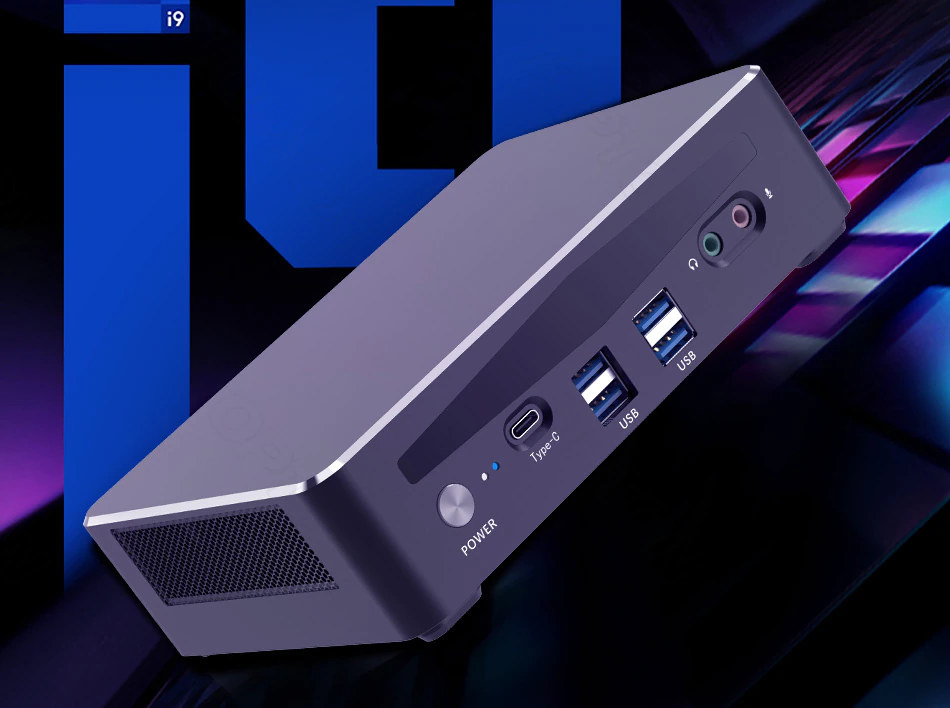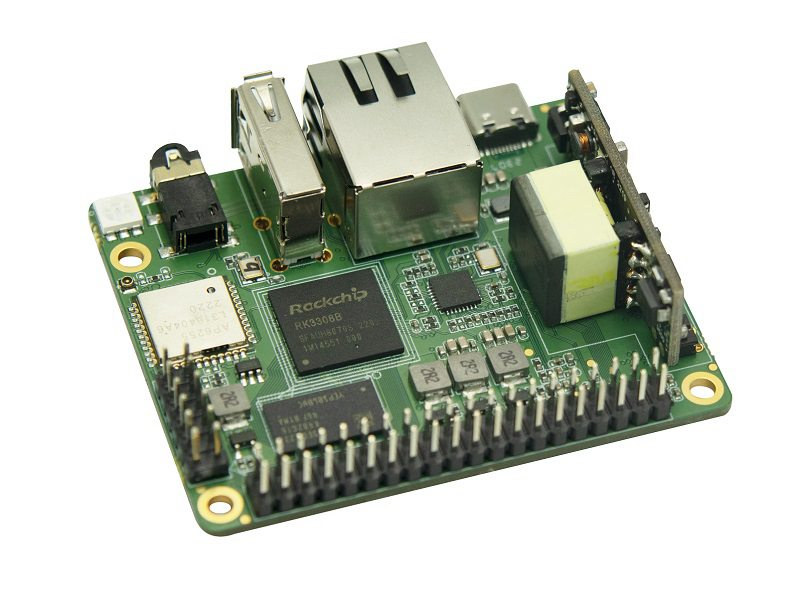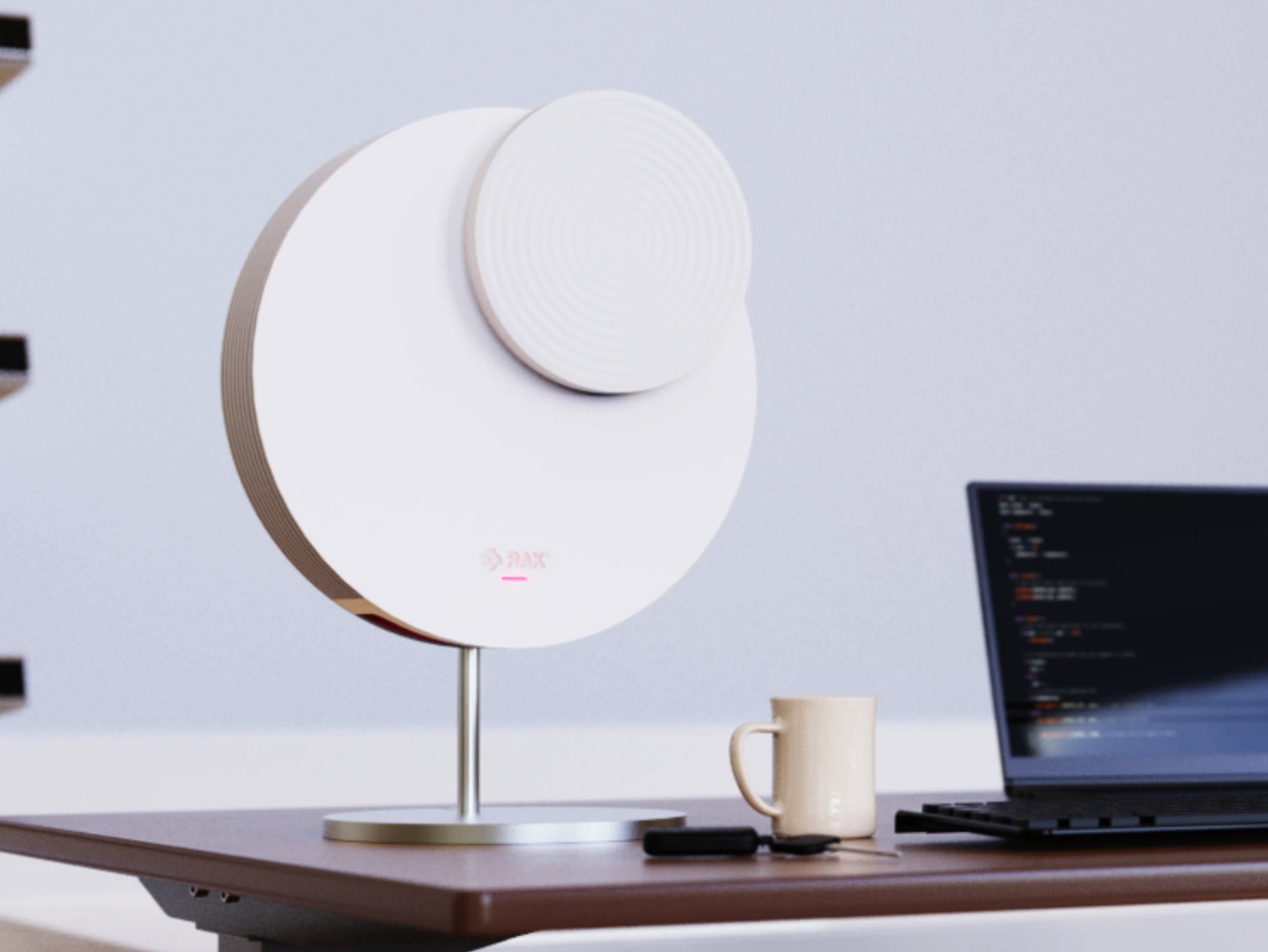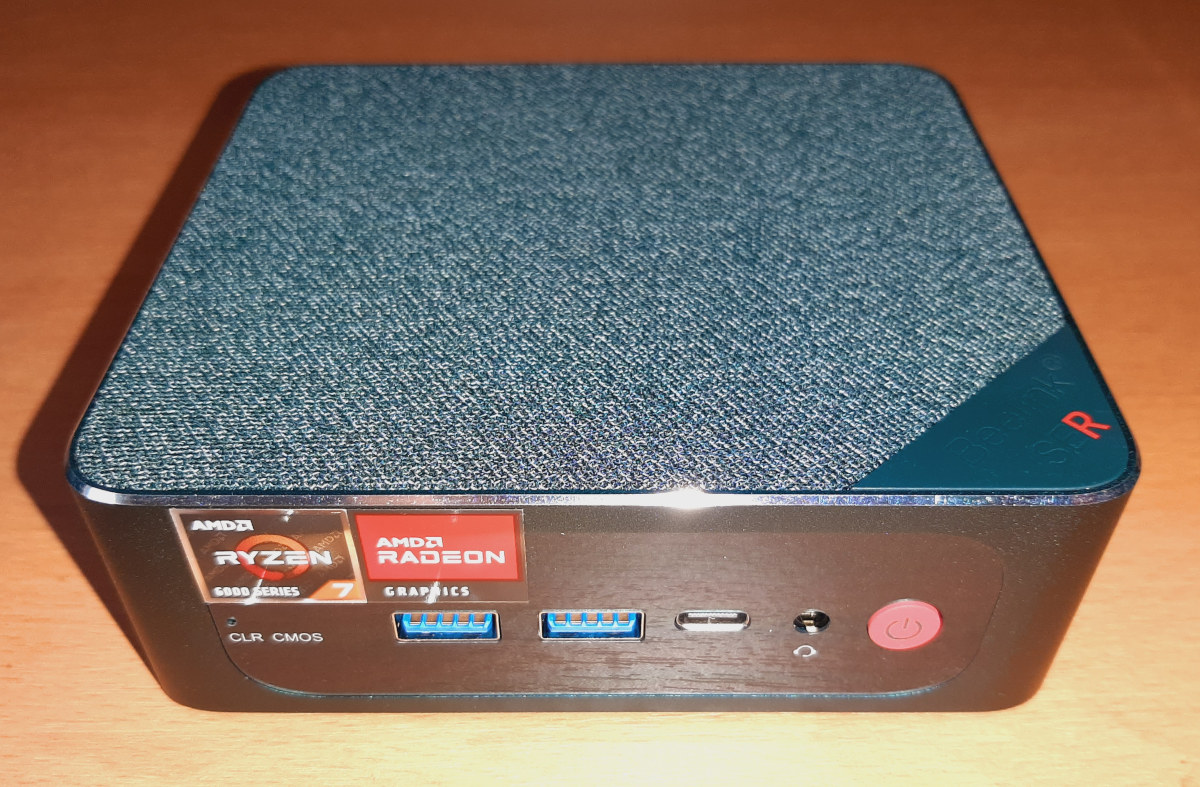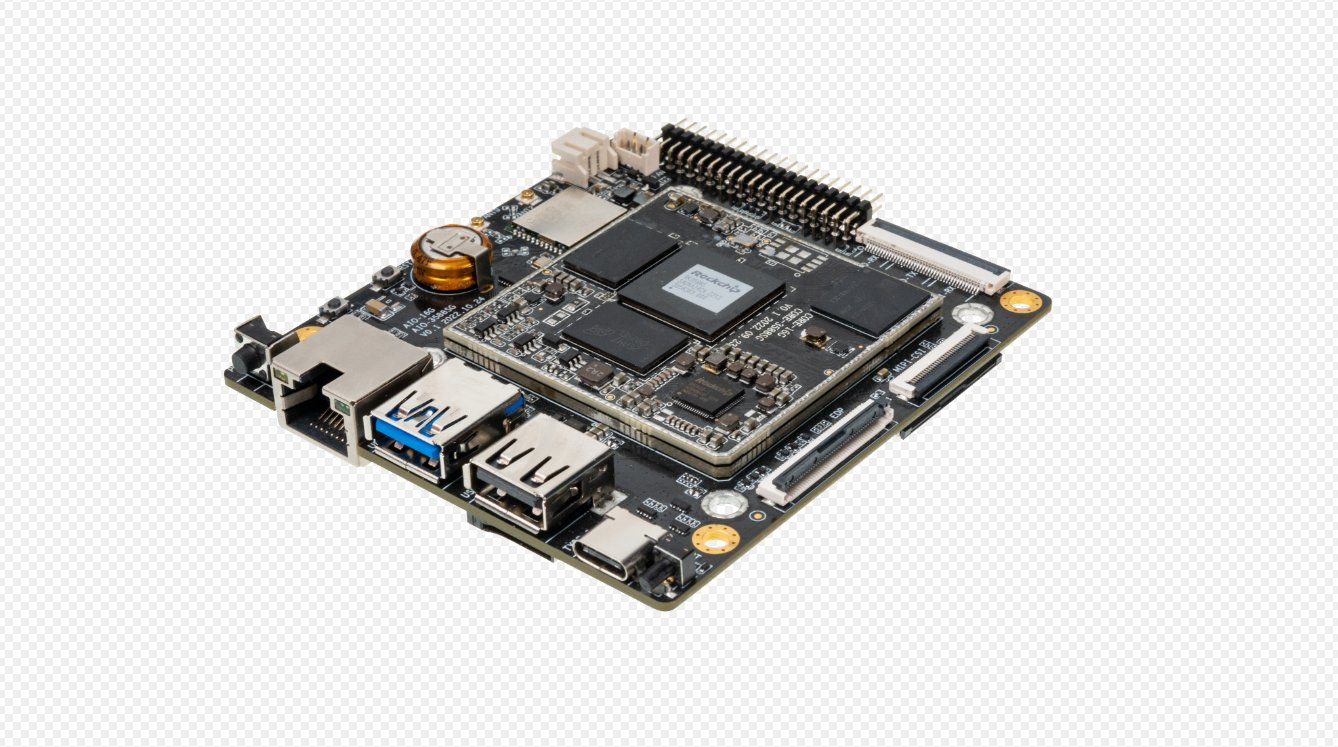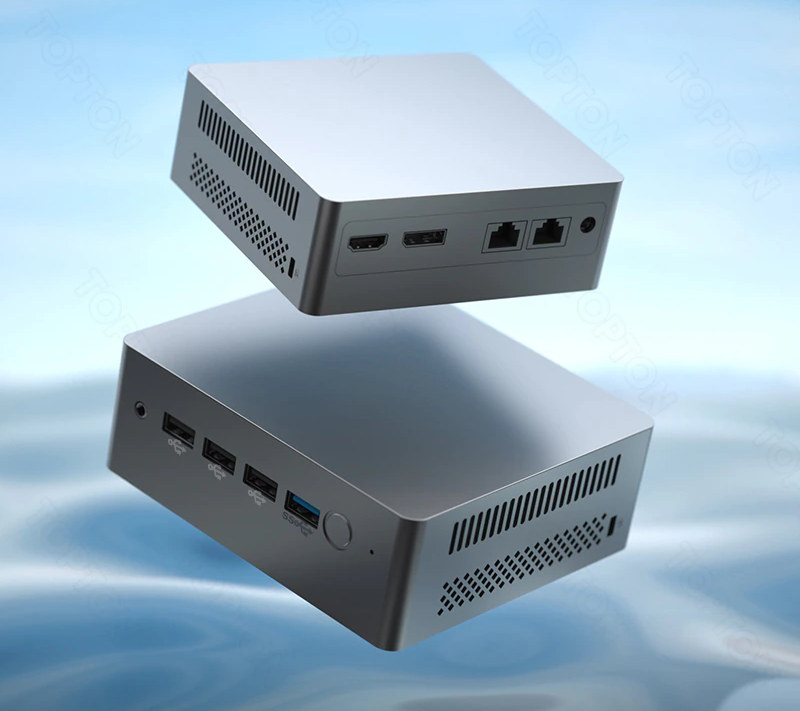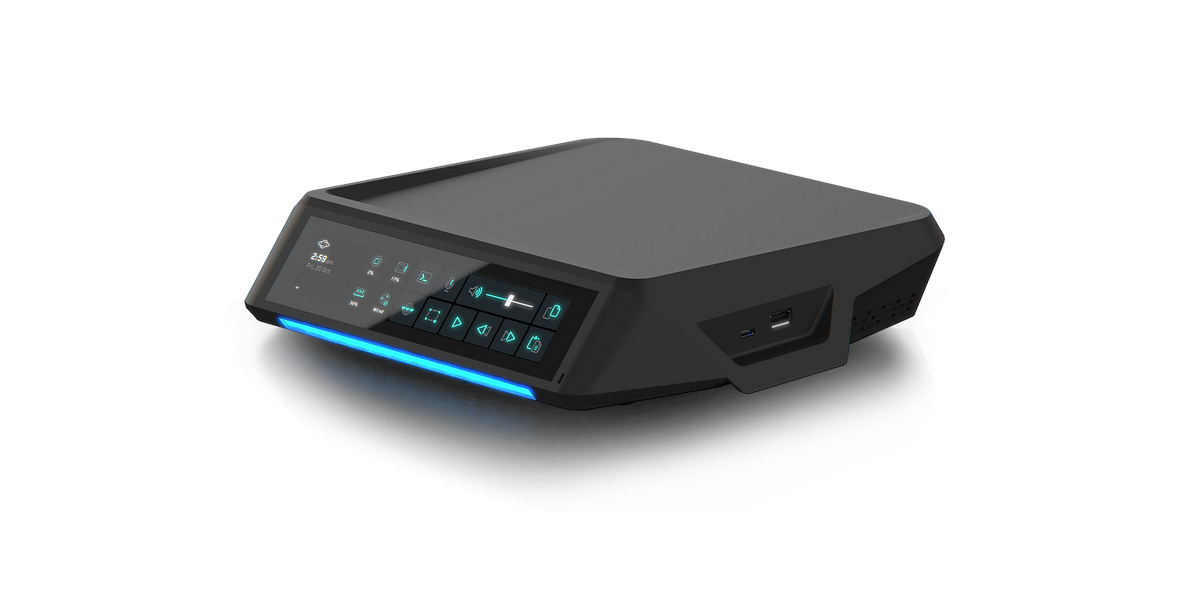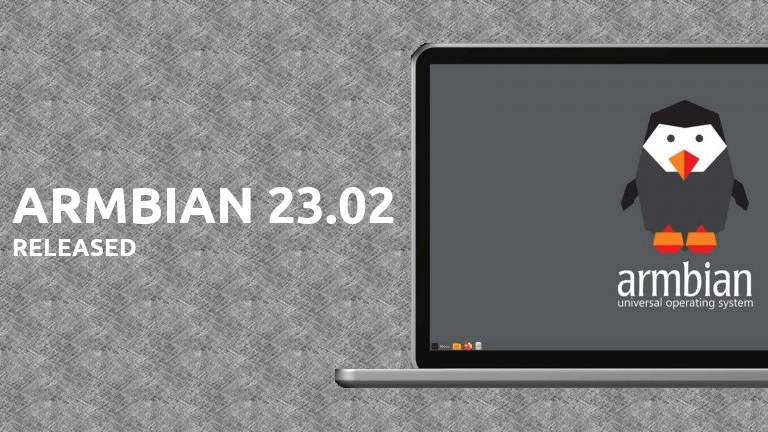V600 mini PC is equipped with an Alder Lake processor from Core i5-1240P up to a Core i9-12900H, up to 64GB RAM, and high-speed interfaces such as Thunderbolt 4 and dual 2.5GbE networking. The mini PC also comes with two M.2 NVMe sockets, one PCIe Gen 4, one Gen 3, and support for SATA drives up to 7mm thick, offers three 4K-capable video outputs with HDMI and DisplayPort video interfaces, and several other USB 3.2/2.0 ports. V600 specifications: Alder Lake-P/H SoC (one or the other) Intel Core i7-1260P 4P+8E (16 threads) processor @ 3.40/4.70GHz with Intel Xe graphics; 28W PBP Intel Core i5-1240P 4P+8E (16 threads) processor @ 3.30/4.40GHz with Intel Xe graphics; 28W PBP Intel Core i7-12700H 6P+8E (20 threads) processor @ 3.5 /4.7 GHz with 96EU Intel Xe graphics; 45W PBP Intel Core i9-12900H 6P+8E (20 threads) processor @ 3.8/5.0 GHz with 96EU Intel Xe graphics; 45W PBP […]
Banana BPI-P2 Pro headless SBC features RK3308 CPU, PoE Ethernet, WiFi 5, audio jack
Banana Pi BPI-P2 Pro is Rockchip RK3308 quad-core Cortex-A35 SBC for headless applications with a PoE-capable Ethernet port, WiFi 5, a USB port, an audio jack, and two GPIO headers for expansion. You may think the Banana Pi guys have gone crazy by calling such entry-level level SBC “Pro”, but that’s because the company previously released the BPI-P2 Zero and BPI-P2 Maker single board computers based on Allwinner H2+ quad-core Cortex-A7 processor, so the BPI-P2 Pro is indeed an improvement albeit with some caveats. Banana Pi BPI-P2 Pro specifications: SoC – Rockchip RK3308 quad-core Arm Cortex-A35 processor @ up to 1.3 GHz with built-in VAD (Voice Activity Detector) System Memory – 2GB LPDDR2 SDRAM [Update: According to Rockchip RK3308 specifications, the maximum memory capacity is 512MB, so Banana Pi may have meant 2 Gbit instead, meaning 256MB of RAM]. Storage – 8GB eMMC flash, microSD card slot Video Output – […]
RAKwireless programmable 5G & LoRaWAN small cell device runs Ubuntu on Raspberry Pi CM4
RAKwireless “All-in-One 5G” is a programmable 64-bit Ubuntu indoor device that integrates AGW (access gateway) through a Raspberry Pi CM4 as well as 5G and 4G LTE cellular and LoRaWAN connectivity. The device is powered through its 2.5GbE PoE++ port and designed for private 5G networks for industrial automation, public safety, and transportation, and RAKwireless says you can also “start earning cryptocurrency by providing LTE cellular and LoRa coverage”, but I could not find details about monetization at this time. RAKwireless “All-in-One 5G” specifications: SoM (AGW) – Raspberry Pi CM4 system-on-module with Broadcom BCM2711 quad-core Cortex-A72 processor with 4GB RAM and 32 eMMC flash, WiFi 5 and Bluetooth 5.0 connectivity 5G/4G cellular connectivity LTE Mode- TDD Frequency Bands – Band 48 (3550 MHz to 3700 MHz); band N78 is also supported for global coverage Channel Bandwidth5/10/15/20 MHz Max TX Power – 24 dBm Receiver Sensitivity – -100 dBm Built-in 2-port […]
Beelink SER6 Pro mini PC review – Windows 11, Ubuntu 22.04, and USB4
Beelink upgraded their earlier SER6, which used an AMD Ryzen 5 6600H processor with integrated AMD Radeon 660M graphics, and released the SER6 Pro which has a faster AMD Ryzen 7 6800H processor with much more powerful integrated AMD Radeon 680M graphics. Beelink kindly sent a SER6 Pro unit for review however since receiving the mini PC, Beelink have ‘refreshed’ the processor to use an AMD Ryzen 7 7735H also with AMD Radeon 680M graphics, and called it the SER6 Pro Refresh. As a result, this review looks at Windows performance which should be indicative for both versions, together with a quick look at running Ubuntu and also a more detailed look at the USB4 port which is a new inclusion to Beelink’s mini PCs. Update: you may be interested in the review of the Beelink SER6 Pro 7735HS – in Windows 11 only – as we’ve also received it […]
Firefly AIO-3588SG – A compact, low-profile 8K SBC with WiFi 6 and Gigabit Ethernet
Firefly AIO-3588SG is a compact, low-profile SBC with Gigabit Ethernet, WiFi 6, and an 8K capable USB-C port with DisplayPort that is based on the company’s Core-3588SG module powered by a Rockchip RK3588S octa-core Cortex-A76/A55 processor with up to 32GB RAM and 256GB eMMC flash. The board is designed to be as thin as possible and includes a low-profile RJ45 Ethernet jack which should make it suitable for projects and products that require high performance in a thin form factor such as robotics, digital signage, virtual reality headsets, etc… Firefly AIO-3588SG specifications: System-on-module – Firefly Core-3588SG with SoC – Rockchip RK3588S octa-core processor with 4x Cortex-A76 cores @ up to 2.4 GHz, 4x Arm Cortex-A55 cores, Arm Mali-G610 MP4 GPU, 6 TOPS NPU, 8Kp60 video decoder, 8Kp30 video encoder System Memory – 4GB, 8GB, or 16GB (32GB optional) 64-bit LPDDR4, LPDDR4x, or LPDDR5 Storage – 16GB, 32GB, 64GB, 128GB, or […]
Intel Processor N100 mini PC with 8GB LPDDR5 memory sells for $156 and up
Topton is selling a mini PC based on the Intel Processor N100 Alder Lake-N quad-core processor with 8GB LPDDR5 RAM for $156.44 and up depending on the selected SSD capacity. But despite its low price, the specifications are not too bad with dual 4K video output thanks to HDMI 2.0 and DisplayPort interfaces, two Gigabit Ethernet ports, WiFi 5 and Bluetooth 4.2 connectivity, four USB ports including one USB 3.0 port, and an audio jack. Specifications: SoC – Intel Processor N100 Alder Lake-N quad-core processor @ up to 3.4 GHz (Turbo) with 6MB cache, 24EU Intel HD graphics @ up to 750 MHz; TDP: 6W System Memory – 8GB LPDDR5 4800MHz RAM Storage M.2 socket for M.2 2280 SATA SSD Support for 2.5-inch SATA SSD / HDD up to 7mm thick MicroSD card slot Video Output 1x HDMI 2.0 up to 4Kp60 1x DisplayPort up to 4Kp60 Audio – 3.5mm […]
PlanetPC XR1/XR2 Rockchip RK3568/RK3588 Mini PC comes with a touchscreen display for control (Crowdfunding)
PlanetPC XR1/XR2 are Arm Linux mini PCs based on Rockchip RK3568 or RK3588 processor respectively with a unique design featuring an integrated touchscreen display for control. Planet Computers has designed several unique computing devices over the years such as the Cosmo Communicator 2-in-1 smartphone and computer or Astro Slide 5G transformer smartphone, and the British company has now come up with a mini PC preloaded with Ubuntu with a touchscreen screen interface, dual 4K/8K video output, dual Gigabit Ethernet and more. PlanetPC XR1/XR2 specifications: SoC PlanetPC XR1 – Rockchip RK3568 quad-core Cortex-A55 processor up to 2.0 GHz with Arm Mali-G52 2EE, 0.8 TOPS NPU PlanetPC XR2 – Rockchip 3588 octa-core Cortex-A76/A55 processor up to 2.4 GHz with Arm Mali-G610 MP4 GPU, 6 TOPS NPU System Memory & Storage PlanetPC XR1 4GB LPDDR4 32GB eMMC flash Optional 512GB, 1TB, 2TB M.2 NVMe Optional up to 14TB SATA HDD or 2TB SATA […]
Armbian 23.02 out with Linux 6.1, DietPi 8.14 adds experimental RISC-V support
Two of the most popular projects providing images for Arm and RISC-V single board computers have released new updates with Armbian 23.02 adding Linux 6.1-based Debian and Ubuntu images, and DietPi 8.14 adding experimental RISC-V support for the StarFive VisionFive 2 SBC and new Arm boards. Armbian 23.02 Quoll Linux 6.1 is the latest LTS kernel, so Armbian is now providing Ubuntu 22.04 Jammy and Debian 11 Bullseye images based on Linux 6.1.y for boards that support it, as well as the first development images based on Debian 12 Bookworm and Ubuntu 23.04 Lunar. I could not find any new boards added in the changelog, but the release brings several improvements and bug fixes to some of the already supported SBCs including the Raspberry Pi 3, Orange Pi R1 Plus LTS, ROCK Pi S, ROCK Pi 4, NanoPi R2S, NanoPi NEO3, and Banana Pi BPI-M2 Pro. The announcement also highlights […]


